Nimalo slučajno, Splitski salon 2018., koji se približava svome kraju, dodiruje teme nostalgije i sjećanja na neke dane kojih više nema, na … [Read more...]
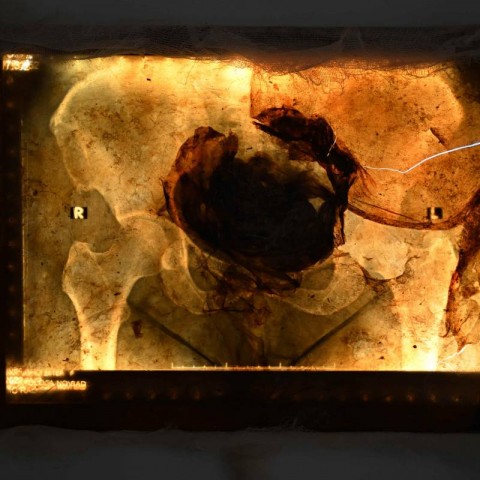
CROATIAN ASSOCIATION OF VISUAL ARTISTS
hulu split je nevladina, neprofitna i nestranačka strukovna udruga likovnih umjetnika koji djeluju na području splitsko-dalmatinske županije, a okuplja umjetnike iz cijele hrvatske svih medija likovnog izražavanja od slikarstva, grafike i kiparstva do multimedijalne umjetnosti. tijekom više od sedamdeset godina svog postojanja - nekad kao uluh-ova podružnica za dalmaciju, potom kao ogranak hdlu-a, a danas kao samostalno udruženje, hulu- split pridonosi razvoju vizualne umjetnosti u rh organizirajući samostalne i skupne izložbe svojih članova i gostujućih umjetnika. programska koncepcija današnjeg hulu splita temelji se na kontinuiranom godišnjem programu samostalnih izložbi i redovitom pokretanju i organizaciji većih skupnih projekata te pružanju suorganizacijske potpore članovima, drugim institucijama, udrugama i festivalima.

'' Threads of Transformation''
Salon Galić
5.4.-29.4.2024.
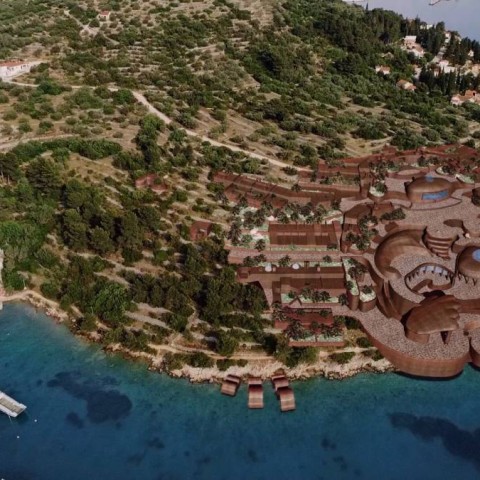
DARKO FRITZ ''Zamišljene budućnosti: Turizam''
Salon Galić
8.3.-29.3.2024.
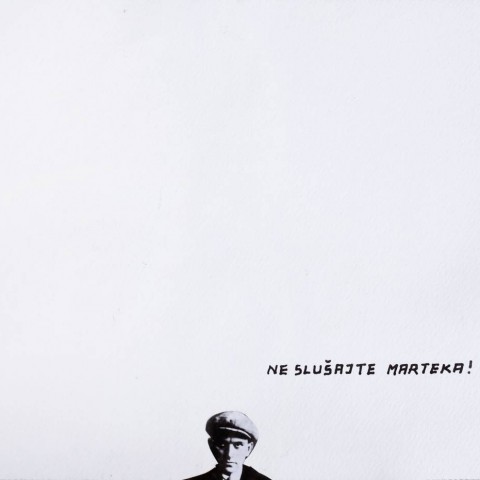
Suvremena umjetnost 38
Salon Galić
15.2.- 4.3.2024.

Ambis
Ostalo
30.1.-20.2.2024.
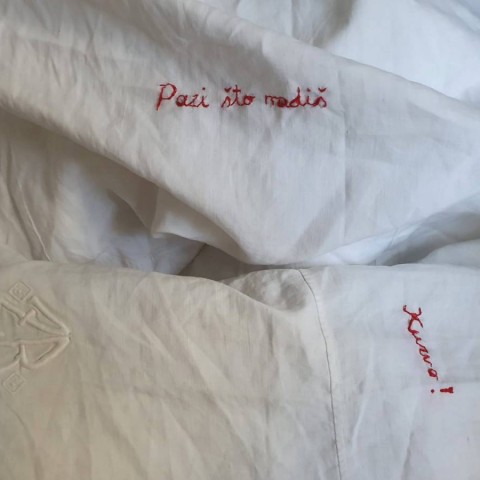
Dota
Ostalo
2. 2. - 27. 2. 2024.
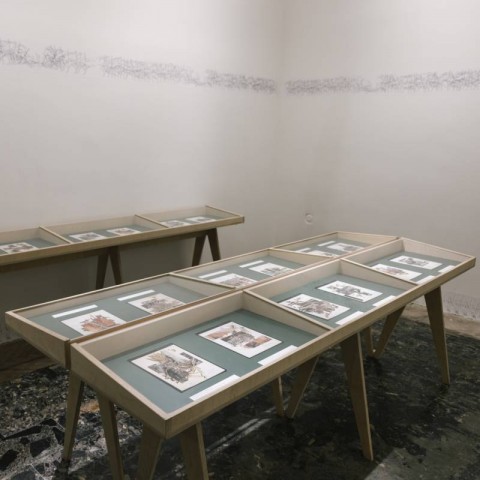
BLOK / UMJETNOST (U) SUSJEDSTVU: TREŠNJEVAČKI RADOVI MARKA TADIĆA, ANE KUZMANIĆ I BOŽENE KONČIĆ BADURINA
Salon Galić
25. 1. - 12. 2. 2024.
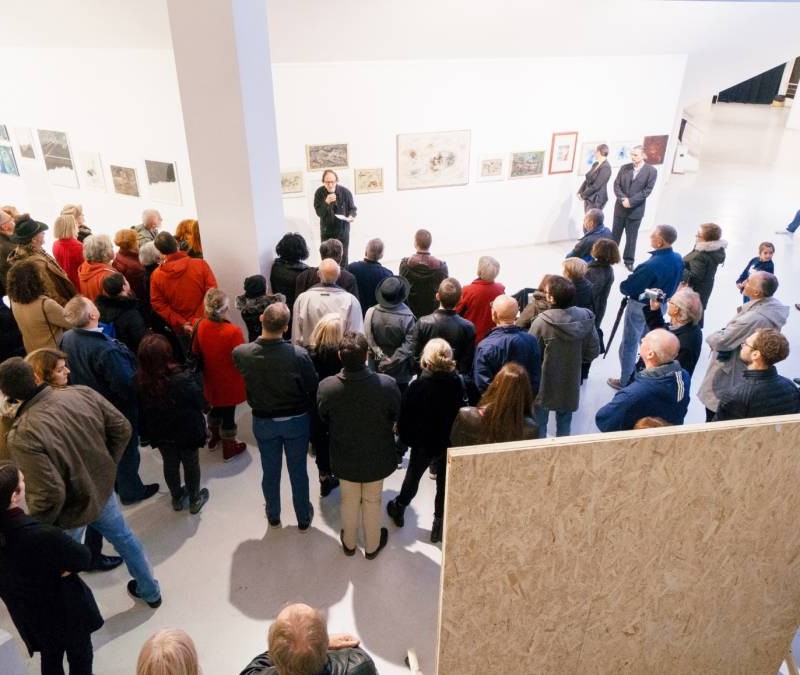
Nimalo slučajno, Splitski salon 2018., koji se približava svome kraju, dodiruje teme nostalgije i sjećanja na neke dane kojih više nema, na … [Read more...]

Ove godine najvažnija umjetnička manifestacija grada Splita - Splitski salon, otvorena je grandiozno i sa stilom. Nakon dugog niza godina … [Read more...]

Podijeljenost kao osnovna ideja koncepta izložbe prenosi antagonizme podijeljenog društva, a''bombardiranje'' količinom iznesenog i … [Read more...]